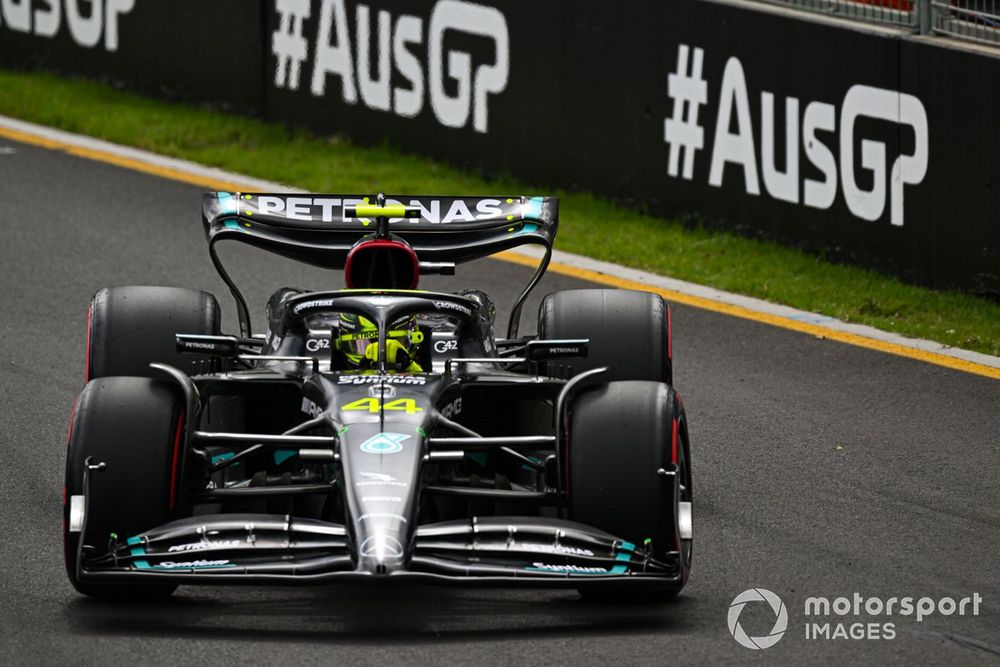With the team open to the fact that it has gone down the wrong path with the design of its 2023 F1 car, it is inevitable that the most visual of changes will be the biggest evidence of it doing things differently.
But amid plenty of chatter about ‘concepts’ in Formula 1, Mercedes has been eager to emphasise that there is a big difference between a shift in how a car looks and a proper philosophical step-change.
Earlier this year, Mercedes trackside engineering chief Andrew Shovlin admitted that the team had been guilty of linking the word ‘concept’ to its sidepods too much.
“Perhaps we’ve adopted the word concept to mean sidepod,” he explained.
“This car is an evolution of the car that we had last year, and a lot of that is tied around where we’ve got the side impact structure. So now we’re looking at bigger departures because it’s evident that this hasn’t given us the performance that we’d like.
“Saying that, there’s other areas of the car that we know we need to improve as well. It would be very misguided to think if we go and put a different-looking sidepod on it, all of that gap is going to vanish.
“The reality is that the vast majority of that gap is going to have to come from other performance areas.”
Lewis Hamilton, Mercedes F1 W14
Photo by: Simon Galloway / Motorsport Images
As work continues for the Imola changes, Mercedes has now offered an interesting explainer to shed some light on exactly what it believes a concept change is and isn’t – with it being crystal clear that things go far beyond the visual looks of its minimalistic sidepods.
Where the lines have perhaps been blurred is that the Mercedes zeropods were not the critical aspect of the car concept. Instead, they were just one element of an holistic philosophical approach about where the team’s downforce was delivered.
One rival team said that it also evaluated the zeropod idea because it could see the tremendous potential in peak downforce levels that could be produced from having a larger floor area exposed – especially if the car could run extremely close to the ground.
However, this outfit backed away from the idea as it believed it would be difficult to achieve such downforce levels in the real world because of floors flexing, bumpy track surfaces and the risk of porpoising – something Mercedes found out to its cost in 2022.
It is how and where an F1 car produces its downforce that appears to be central to ‘concept’…
Click Here to Read the Full Original Article at Autosport.com – Formula 1 – Stories…

